
Commentaries | Dec 05,2018
May 18 , 2019
By Emmanuel Mwendwa
Remarkable strides and significant growth of numerous countries' creative economies are reflected in the latest UNCTAD Creative Economy Outlook & Country Profile of 2018.
Some of these emergent trends captured in the report clearly indicate the latent potential abound in the sector’s varied spheres in relation to its valuable contribution to the attainment of sustainable development goals.
Ethiopia is among key countries comprising UNCTAD’s report highlights, whose statistics show the fast-paced social and technological changes impact in the growth of the continent’s creative industries.
The findings indicate a significant rise in the country’s export revenues accruing from creative products - with less than a million dollars in earnings in 2005 to 11.5 million dollars almost a decade later.
Notably, the widely popular indigenous handwoven textiles and apparels, besides assorted hand-crafted goods, are singled out as Ethiopia’s most dynamic sectors. In 2014 for instance, interior design goods and jewellery exports fetched an estimated seven million dollars.
The main destination markets for the country’s creative goods exports are the Americas and Africa. Experts attribute this shift in stakes to several US firms opting to invest in Ethiopia to the tune of four billion dollars during 2015 in the wake of the renewed Africa Growth & Opportunity Act (AGOA).
It is worth noting that in 2005, Europe was the main key destination market of Ethiopian textiles taking up a 42pc market share - with the Sudan, Somalia and Turkey cashing in as well on a lesser scale. For this the nation has to thank the textile sector that has benefited from a growing list of foreign clothing firms keen to source their raw materials locally.
Still, there are obstacles. Despite the country being a cotton producer - with an estimated 2.6 million hectares suitable for the crop’s cultivation - below a tenth of this resource is put to use. An inefficient market chain also means that textile companies based here have a challenge of being competitive within the global market.
“The local textile and garment industry in Ethiopia is very young and cotton quality and pricing present a big obstacle to Ethiopia’s aspirations, but it has good potential for development,” the UNCTD report acknowledges.
Nonetheless, it may not be all gloom for the country’s numerous creative and cultural industries if the growing popularity and dynamism of home-grown Ethio-jazz performances, contemporary arts, local films and traditional dance troupes is anything to go by.
A case in point is the steady growth and acceptability of the African Jazz Village, a music school and jazz club dedicated to promotion Ethio-Jazz in Addis, which was established in 2015. There are other independent creative spaces stirring up the vibrancy of Addis Ababa as a cultural melting pot.
Just last week, the historic Ethiopia National Theatre hosted "Maisha Afro-European Music Experiment" - an epic, ground-breaking live performance showcasing multi-national music makers using an assortment of African age-old traditional and contemporary instruments.
Notably, Ethiopia’s rich cultural heritage, with over 70 ethnic groups, is a significant indicator of the nation’s wealth abound in the creative industry sector.
The fact that each of these communities has its own language or dialects, culture, customs, traditions, and lifestyles reflects the material wealth which ought to be tapped into to further develop an inherent potential to forge the country’s latent creative economy sector.
Indeed, all it may take is converting Ethiopia’s cultural creativity as a strategic asset that can be transformed into an incubator to spur economic development and subsequent GDP growth.
But to fully reap the fruits of this cultural reservoir, there is a need to define effective intervention policies.
A past study paper titled "Policy Modalities for Support of Ethiopia’s Creative Industries," researched and compiled by Wondwossen Belete, had called on enactment of effective policies.
“Creative industries are a rapidly growing sector in the global economy in terms of export earnings, income generation and job creation. The creative economy, based to a significant extent on ideas rather than physical capital, offers new, high-growth opportunities for developing countries,” he wrote.
Perhaps the time is ripe for the government and relevant agencies policymakers to look within and jump start the requisite strategies, which address the challenges posed by a myriad of bottlenecks that impede a vast array of opportunities offered by the creative and cultural industries.
PUBLISHED ON
May 18,2019 [ VOL
20 , NO
994]


Commentaries | Dec 05,2018
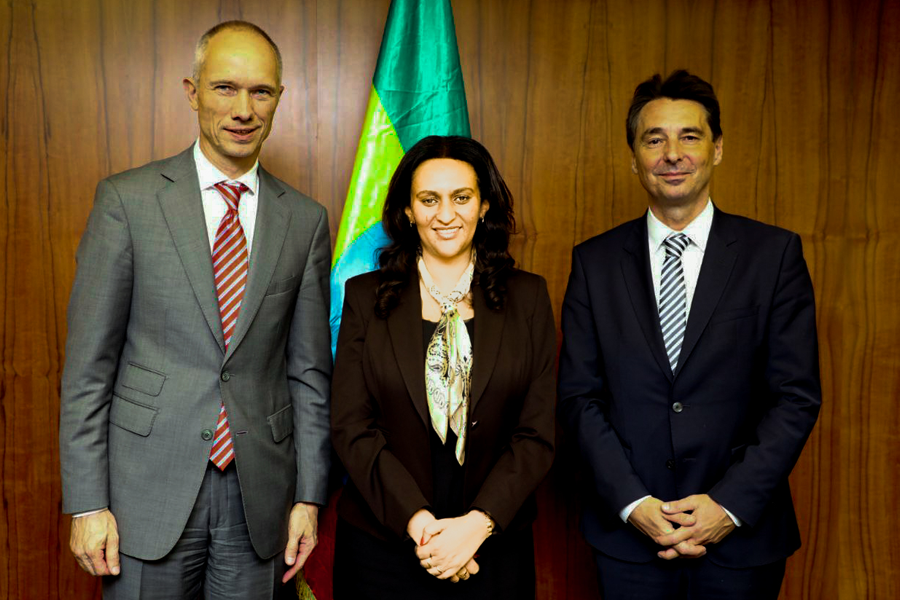
Radar | Nov 03,2024

Radar | Jul 13,2024
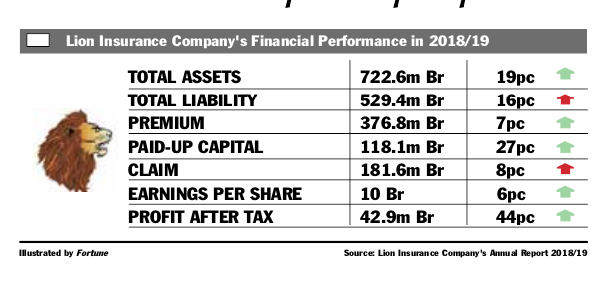
Fortune News | Mar 14,2020
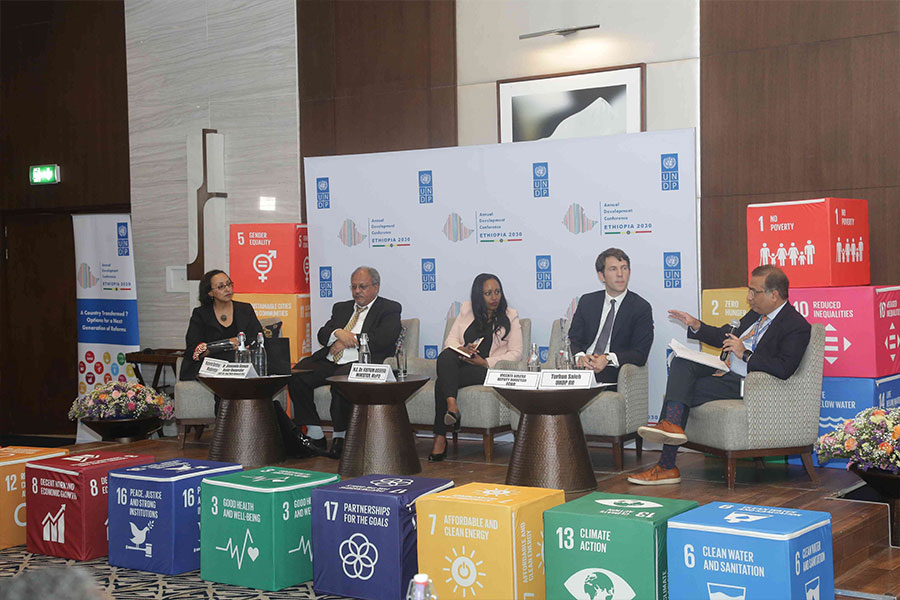
Fortune News | Dec 17,2022

Viewpoints | Apr 13,2024

Editorial | Apr 15,2023

Commentaries | Aug 21,2021

Sponsored Contents | Mar 03,2022

Radar |

Photo Gallery | 178440 Views | May 06,2019
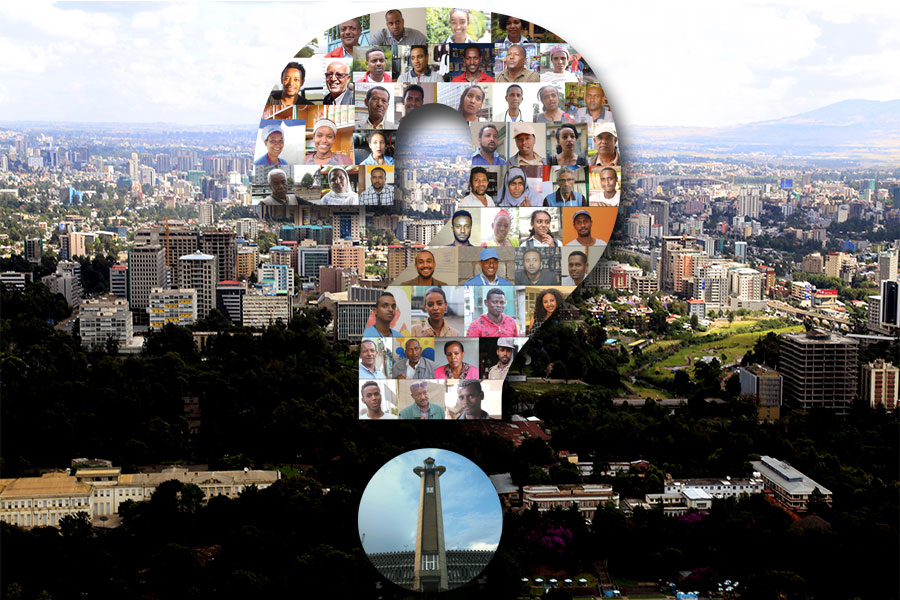
Photo Gallery | 168638 Views | Apr 26,2019

Photo Gallery | 159441 Views | Oct 06,2021

My Opinion | 137076 Views | Aug 14,2021
Commentaries | Oct 25,2025

Dec 22 , 2024 . By TIZITA SHEWAFERAW
Charged with transforming colossal state-owned enterprises into modern and competitiv...

Aug 18 , 2024 . By AKSAH ITALO
Although predictable Yonas Zerihun's job in the ride-hailing service is not immune to...

Jul 28 , 2024 . By TIZITA SHEWAFERAW
Unhabitual, perhaps too many, Samuel Gebreyohannes, 38, used to occasionally enjoy a couple of beers at breakfast. However, he recently swit...

Jul 13 , 2024 . By AKSAH ITALO
Investors who rely on tractors, trucks, and field vehicles for commuting, transporting commodities, and f...
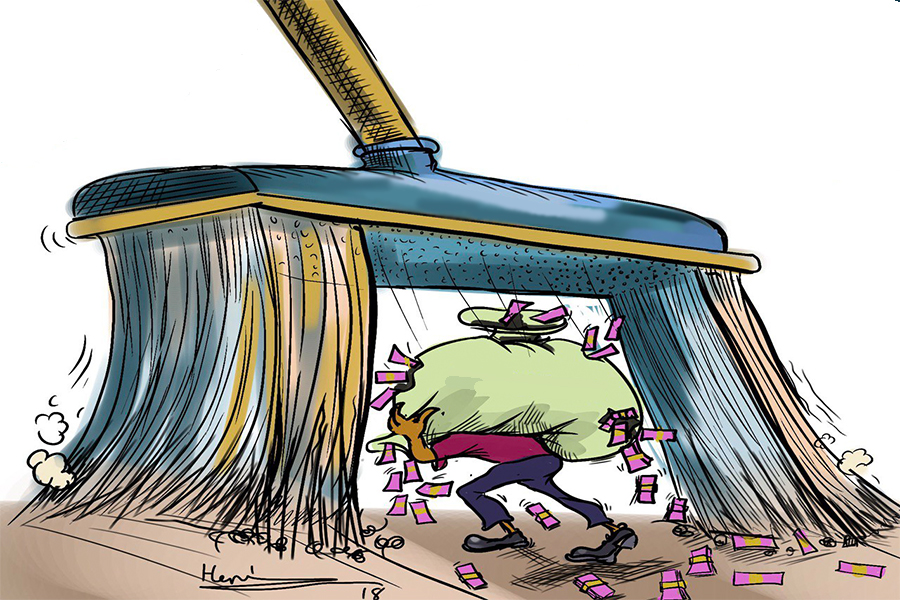
Oct 25 , 2025
The regulatory machinery is on overdrive. In only two years, no fewer than 35 new pro...
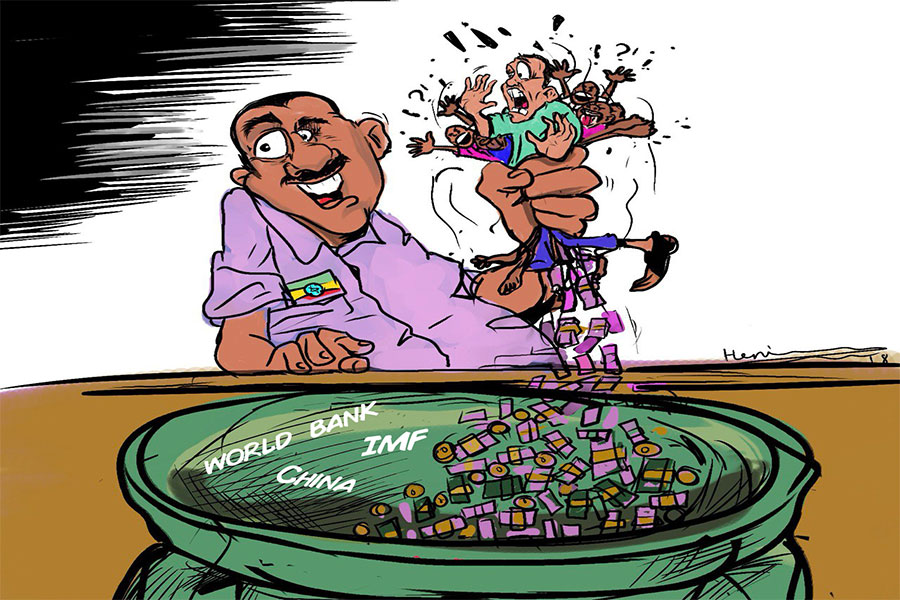
Oct 18 , 2025
The political establishment, notably the ruling party and its top brass, has become p...
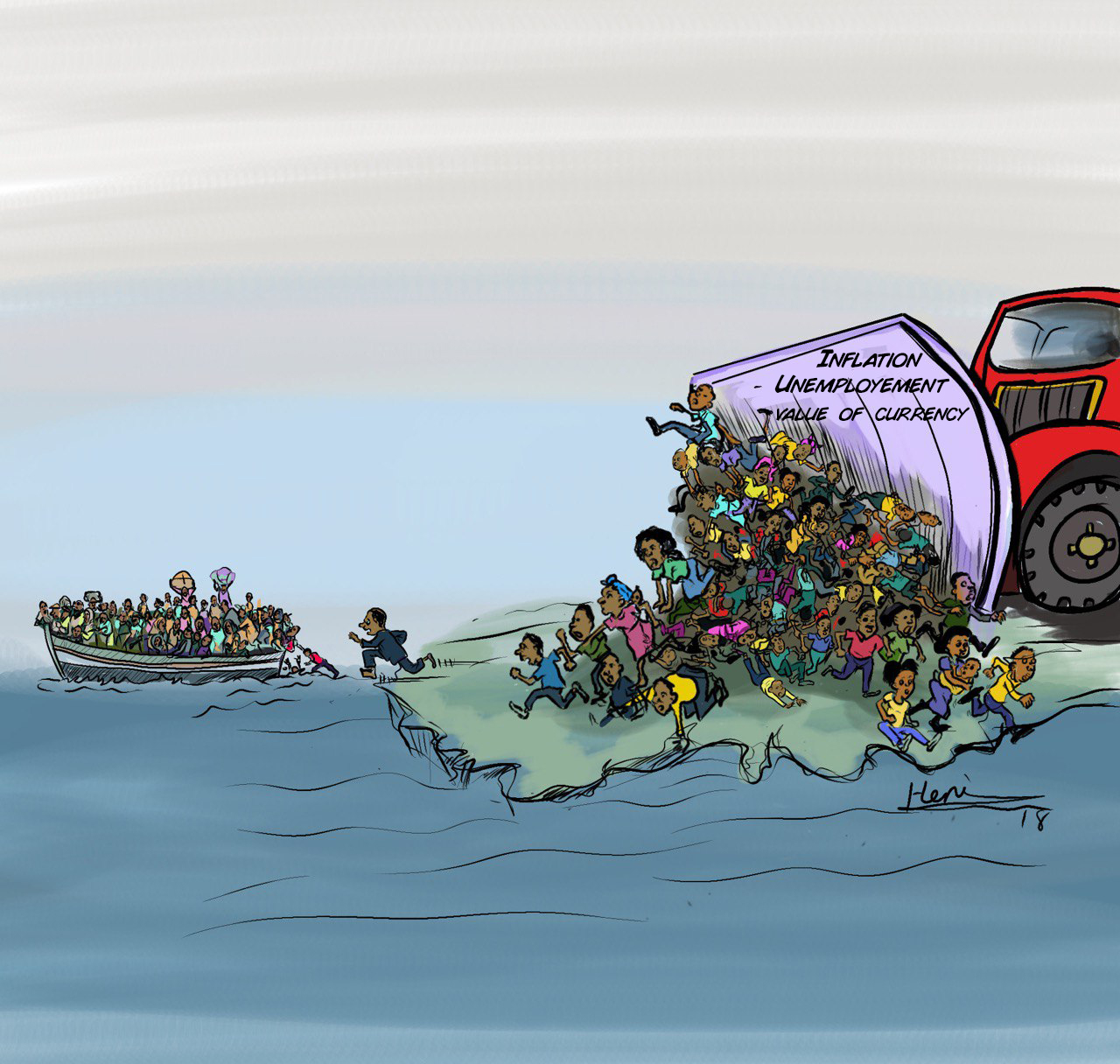
Oct 11 , 2025
Ladislas Farago, a roving Associated Press (AP) correspondent, arrived in Ethiopia in...
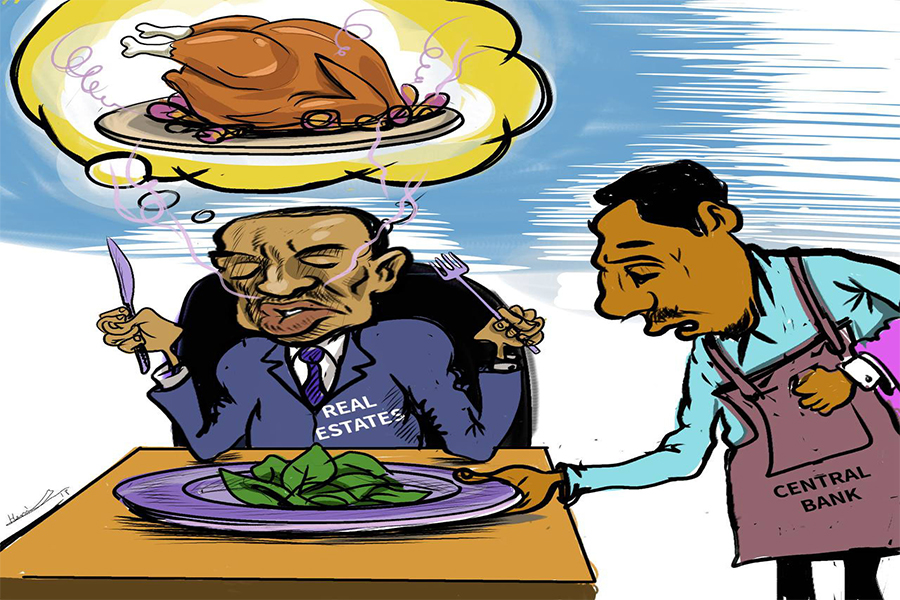
Oct 4 , 2025
Eyob Tekalegn (PhD) had been in the Governor's chair for only weeks when, on Septembe...
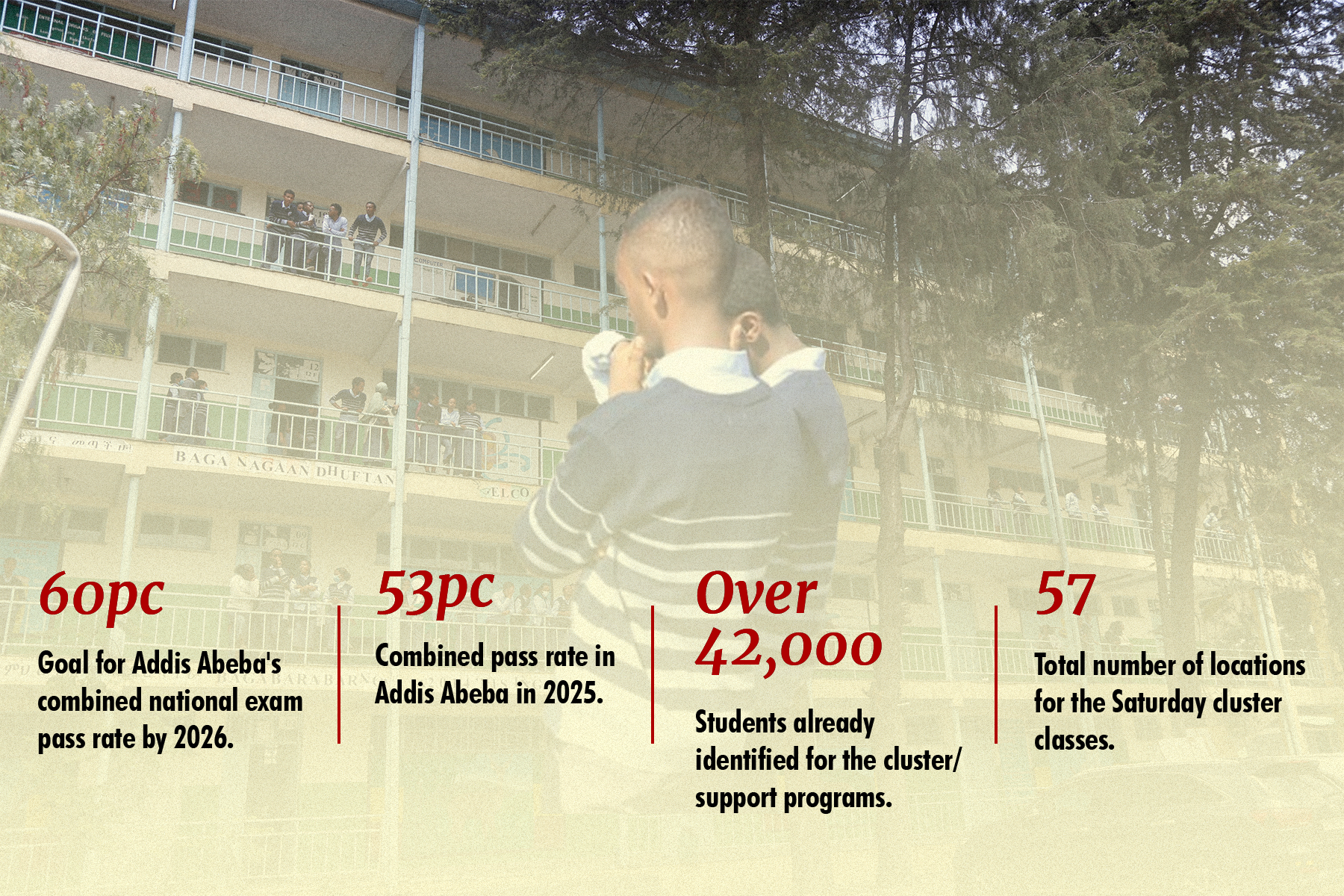
Oct 25 , 2025 . By YITBAREK GETACHEW
Officials of the Addis Abeba's Education Bureau have embarked on an ambitious experim...

Oct 26 , 2025 . By YITBAREK GETACHEW
The federal government is making a landmark shift in its investment incentive regime...

Oct 29 , 2025 . By NAHOM AYELE
The National Bank of Ethiopia (NBE) is preparing to issue a directive that will funda...
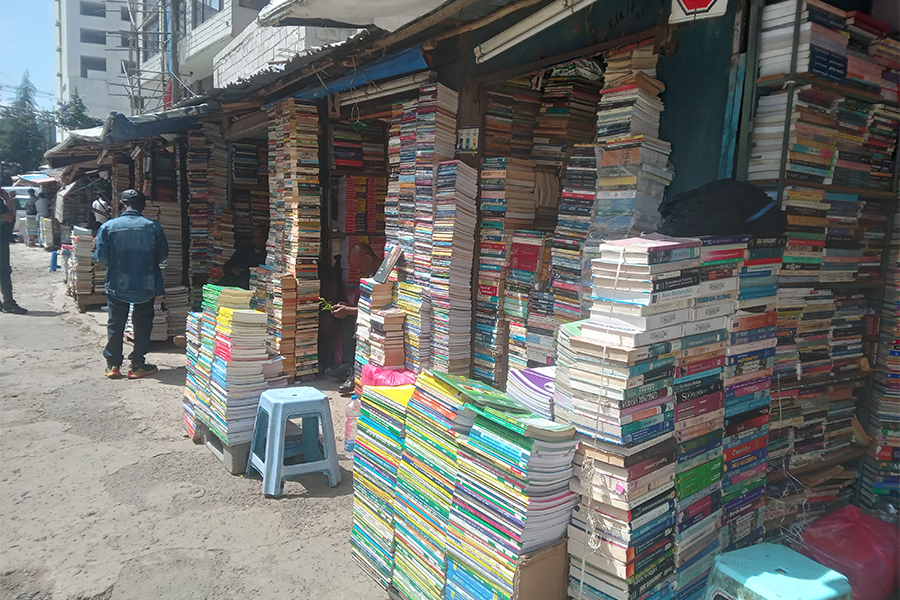
Oct 26 , 2025 . By SURAFEL MULUGETA
A community of booksellers shadowing the Ethiopian National Theatre has been jolted b...